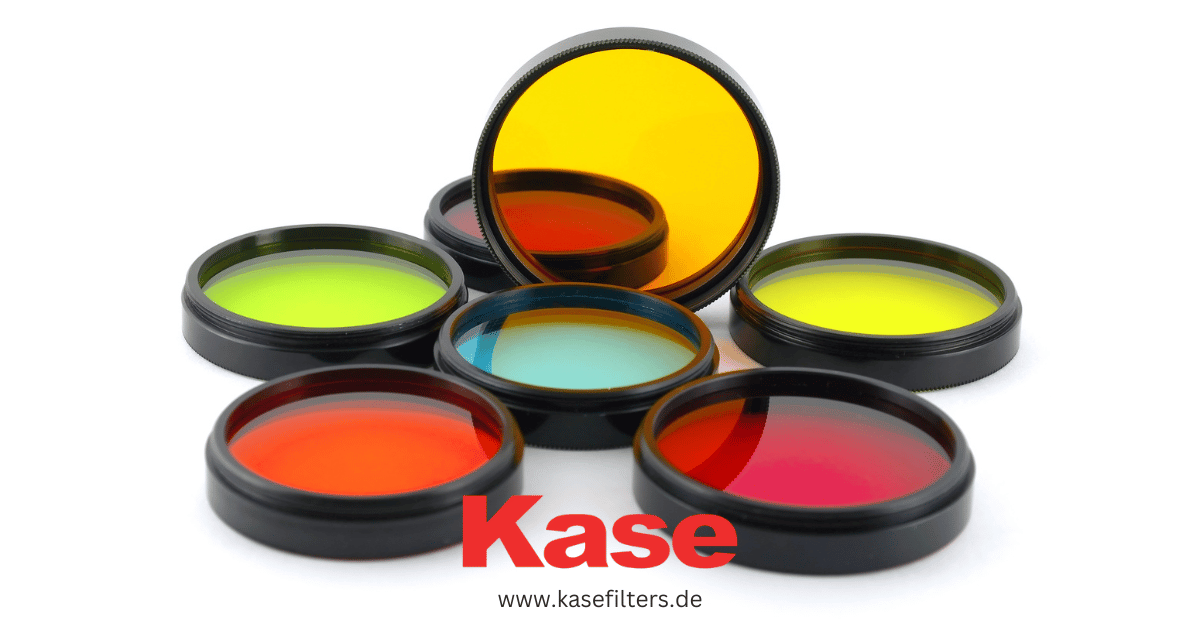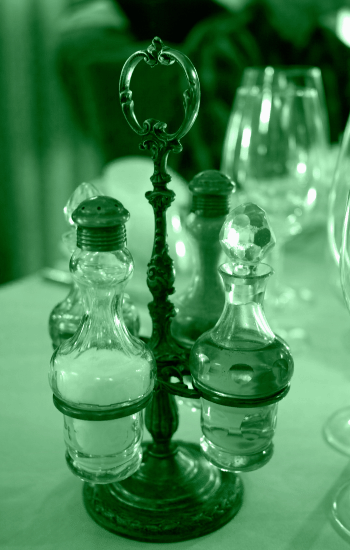General

Colour Filters in Photography: A Technical Guide to Hue & Contrast
Photography is an art form that has evolved significantly with the advent of digital technology. One aspect that remains a vital part of both film and digital photography is the use of color filters. But what do different filter colours mean in photography, and how do they impact the final image? Let's delve into the world of coloured filters and explore their significance.
The Essence of Coloured Filters: What are they?
Coloured filters are used to manipulate the light entering the camera lens, allowing photographers to achieve specific effects and control how colours are rendered in the final image. They can enhance contrast, change colour balance, and even create surreal effects.


Different Types of Coloured Filters
- Red Photography Filters
- Use in Black and White Photography: Red filters are often used in black and white photography to darken skies and emphasize clouds, adding drama to landscapes.
- Enhancing Contrast: They can increase the contrast between different shades of green in foliage, making landscapes more vivid.
- Yellow Photography Filters
- Mild Contrast Boost: Yellow filters provide a milder contrast boost in black and white photography, making them suitable for portraits.
- Warming Effect: In color photography, they can add a warm, golden tone to the image.
- Blue Photography Filters
- Cooling Effect: Blue filters can create a cooling effect, often used to convey a sense of cold or to correct overly warm lighting.
- Enhancing Shadows:They can also enhance shadows, adding depth to an image.
- Green Photography Filters
- Skin Tones in Monochrome: Green filters are used to smooth out skin tones in black and white portraits.
- Enhancing Greenery: They can make green foliage pop, creating a lush and vibrant effect in landscape photography.
- Orange Photography Filters
- Balancing Skin Tones: Orange filters can balance skin tones in portraits, providing a healthy glow.
- Sunset Enhancement: They are also popular for enhancing the colors of a sunset.
- Neutral Density Filters
- Exposure Control: These filters reduce the amount of light entering the lens without altering the color, allowing for longer exposure times and creative effects like motion blur.
Are you not sure which filter is best for you?
Using Photography Colored Filters vs Digital Filters: Advantages and Differences
While digital filters have their place in modern photography, there's something truly unparalleled about the quality and authenticity that real photography colored filters bring to the table.
- Unmatched Quality: Real filters interact with light in a way that digital filters simply can't replicate. The way they manipulate light waves, enhance colors, and create effects is organic and often more visually pleasing.
- Authenticity: Using real filters connects photographers to the roots of the craft, providing a tangible and hands-on experience that many find more satisfying and artistically fulfilling.
- No Digital Artifacts: Physical filters don't introduce digital artifacts or degrade image quality, unlike some digital filters that can sometimes create unnatural effects.
Coloured Filters in Photography: Conclusion
The use of real photography colored filters is more than just a nostalgic nod to traditional practices; it's a conscious choice for quality, authenticity, and artistic integrity. While digital filters offer convenience, they often fall short in delivering the depth, richness, and organic feel that real filters provide.
For photographers aiming to create images that resonate with a sense of craftsmanship and excellence, real photography colored filters are not just an option but a preferred tool. Their enduring appeal among professionals and enthusiasts alike is a testament to their unmatched ability to elevate photography to an art form.
From the dramatic effects of red filters to the subtle warmth of yellow ones, each color filter serves a unique purpose. Whether you're capturing landscapes, portraits, or abstract compositions, real filters offer a depth and dimension that digital filters often struggle to match.
